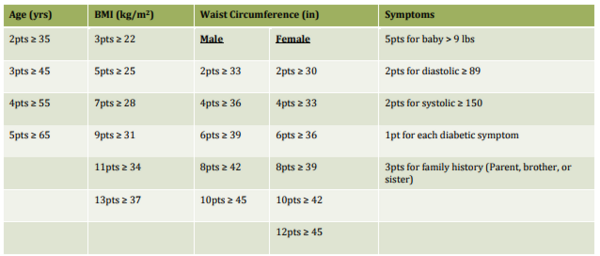Using a Risk Assessment Questionnaire to Identify Prediabetics and Diabetics in Tandag, Philippines
(1) Ocean Lakes High School, Virginia Beach, Virginia, (2) Department of Medicine, EVMS Strelitz Diabetes Center, Norfolk, Virginia
https://doi.org/10.59720/14-004
This study highlights the importance of extending medical awareness to outreach communities and explores the creation of a risk assessment questionnaire to help detect diabetes in Filipino participants in Tandag, Philippines. The aim of this work is to help indigent Filipinos in remote villages receive medical care if necessary. A risk assessment tool can act as a self-completion questionnaire for participants to identify themselves as diabetics or prediabetics in order to seek appropriate medical attention. Therefore, Filipino participants living in remote villages will not have to travel several hours to receive diabetic blood testing unless diagnosed by the risk assessment tool.
The development of the risk assessment tool takes the following assessments into consideration: blood pressure, body mass index (BMI), waist circumference, family history, and diabetic symptoms. The research hypothesis states that a risk assessment questionnaire will determine if a person is diabetic. The null hypothesis claims that a risk assessment questionnaire will not determine if an individual is diabetic. The data rejects the null hypothesis since a statistically significant correlation is found between blood glucose levels and total points. A positive correlation is found between total points and BMI, supporting that a risk assessment questionnaire can detect those at risk for diabetes and prediabetes.
This article has been tagged with: